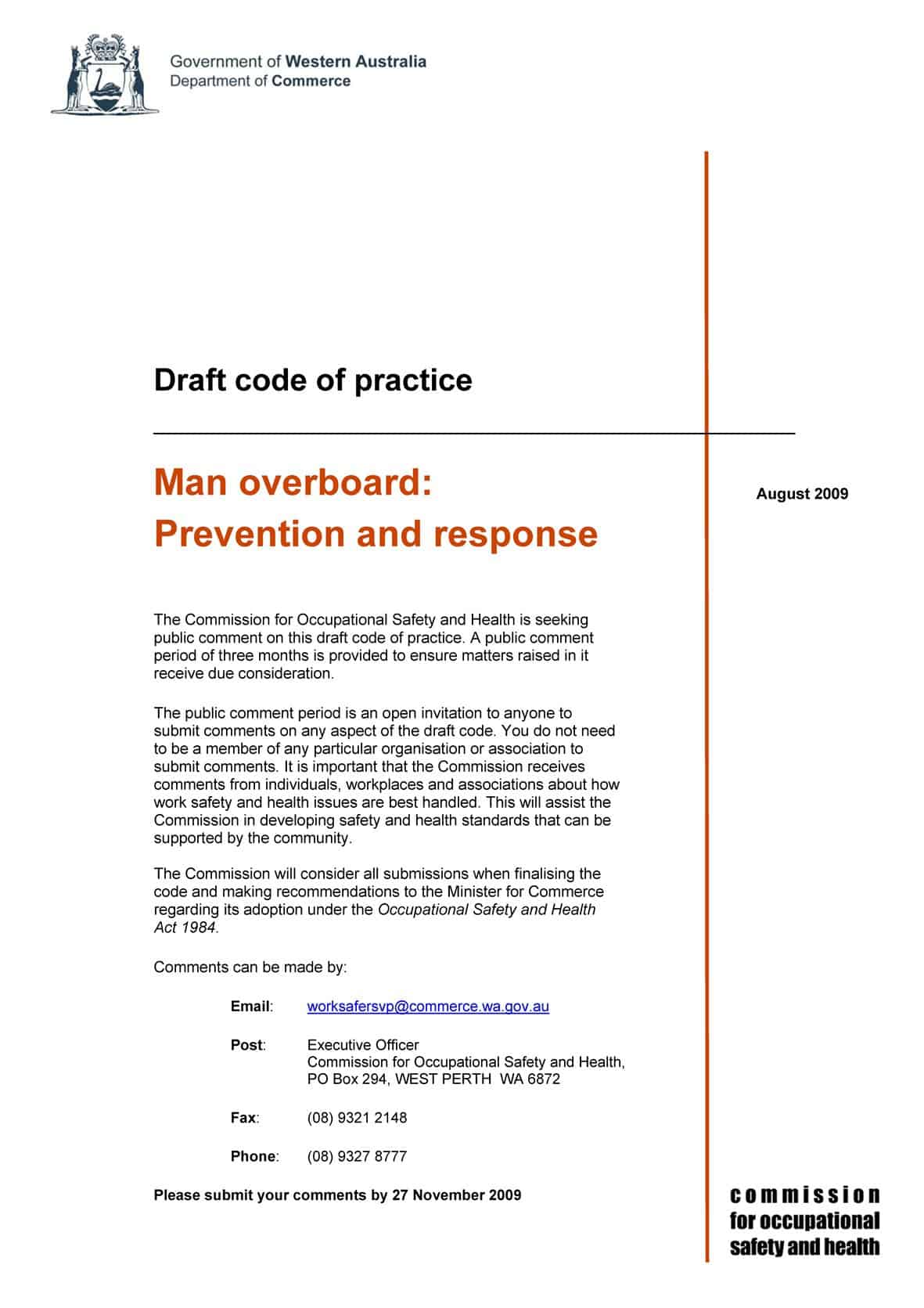Next week in Australia is Safe Work Australia Week in which each State jurisdiction undertakes information and promotional activities in support of occupational health and safety.
In Sydney, the Safety Institute of Australia (SIA) is hosting a Safety Conference. A major theme, understandably, is Australia’s OHS law harmonisation and there are excellent speakers at the conference on the topic.
There has always been an operational tension between the conferences and the trade shows that accompany most of the Safety Institute conferences even though there is a contract between the SIA and Australian Exhibitions & Conferences, the trade show owners. The tension is over which event gets priority in promotions. Effectively this differs depending on promotional target but for years it has been possible to attend a trade show without having any idea that a conference may be in the room next door.
This year the trade show, technically “The Safety Show“, is offering free workshops on the harmonisation laws to show attendees with speakers from a law firm, amongst others, who is also hosting a panel discussion in the conference . Why would one run a free event that competes with a partner’s conference for which the daily attendance fee is $A500???!!!
Admittedly, the conference is likely to include more detailed examinations of the laws as there is more time and many of the speakers are lawyers or academics specialising in the area but if one’s charter is to promote health and safety awareness and to advance the science and practice of safety, as the SIA states, is this appropriately met by speaking to a group of maybe 400 conference attendees or a potential 10,000 trade show visitors?









